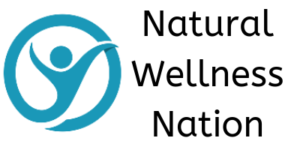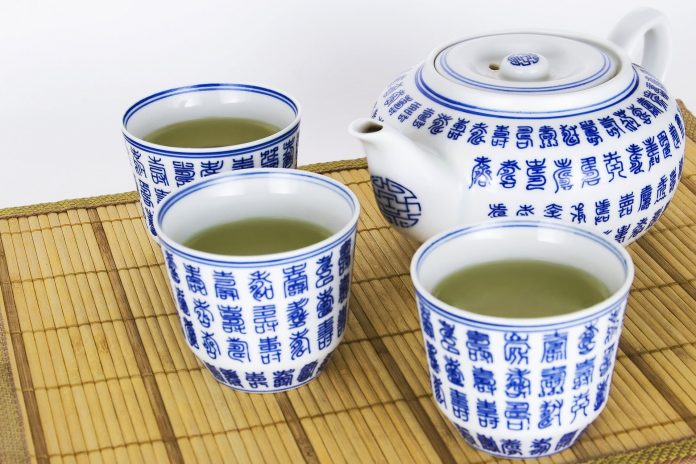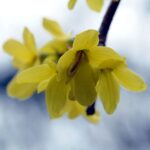One point that seems clear concerning COVID-19 is that the infection involves inflammatory events in important areas of the body. Are there some natural options to consider to help in the overall care of people with this deadly viral infection?
Mast Cells, Histamine, and Inflammation
Mast cells are a type of immune cell distributed throughout the body in mucosal cells and epithelial cells in the body, e.g., connective tissue and the GI tract.
When a mast cell activates, it releases histamine, the enzyme tryptase, and a number of other inflammatory mediators from granules. In normal physiology, mast cells play a key role in regulating the interaction between the outside environment and the body.
However, in diseases like allergies and asthma from pollens or foods, the inflammatory mediators are released in excess, causing increased leakiness of blood vessels, swelling and smooth muscle contraction, greater mucus generation, airway constriction.
Symptoms associated with excessive mast cell activation depend on the target tissue in the body that is involved. In the respiratory system, the symptoms include coughing. In the gut, symptoms can include nausea/vomiting and diarrhea. On the skin, symptoms can include hives and/or eczema and rashes.
To block some effects of mast cell activation, people sometimes take histamine-blocking drugs. Typical nasal allergies may benefit from conventional drugs like antihistamines that block the H1 histamine receptors in the body. Some GI symptoms including heartburn sometimes respond to H2 histamine receptor blockers (e.g., famotidine).
Another strategy that integrative medicine experts include in the package of care is the flavonoid quercetin. Quercetin is a mast-cell stabilizing natural substance from many fruits, vegetables, and grains.
Quercetin is not well-absorbed from the GI tract into the body, but if it gets to mast cells, it calms them down and slows their activation/release of histamine and other inflammatory mediators. One strategy to improve gut absorption is to find quercetin supplements in the phytosomal form or nanoparticle form.
Some naturopathic physicians also recommend that people with excessive mast cell activation and histamine effects use natural supplements of DAO (diamine oxidase), an enzyme that breaks down histamine.
What Has Any of This Got to Do with COVID-19?
OK, all of the above information that sounds interesting for people with mast cell activation syndrome or allergies — but how might that relate to treating people with COVID-19 viral infections?
The worst complications of COVID-19 may result from inflammation gone haywire. It turns out that two of the interventions used to treat excessive histamine activity in the body might be helpful physician-supervised adjuncts (add-ons) in treating COVID-19 as well.
That is, a recent report mentions that a commonly-used heartburn drug called famotidine (trade name Pepcid) is under study in high-dose intravenous form (hard to obtain). And, of course, in certain patients, it can worsen cardiac problems as a side effect. This may be a fall-back option under medical supervision, but not a self-care strategy that would necessarily be safe.
Separately, though, other medical investigators have been looking at the natural supplement quercetin as well. What’s the story there so far?
As you know from other posts on this site, zinc is a valuable essential mineral in the body with potential antiviral effects. You have to be mindful of the fact that you should not take too much zinc or you risk imbalancing a necessary ratio of zinc to copper intake in the body.
Older people, especially those who already have diabetes or other chronic medical conditions, are often zinc deficient.
The widely-touted antimalarial drug hydroxychloroquine does not appear by itself to be effective against the corona virus COVID-19 by itself. And hydroxychloroquine can cause lethal cardiac arrhythmias as a side-effect.
At the same time, using oral zinc supplementation with hydroxychloroquine may have some benefit together. Zinc may interfere with viral replication and spread in the body. Chloroquine may improve zinc uptake from the GI tract into the body by acting as a transport vehicle (ionophorore) for zinc ions across the lipids in membranes.
But – hydroxychloroquine can have life-threatening side effects on the heart. Is there another way to get the zinc into cells better?
What if we had natural supplements that could be effective in improving zinc uptake from supplements without the risky side effects of drugs? It turns out that both quercetin and the green tea constituent epigallocatechin-gallate can also act as ionophores, i.e., faciliating zinc uptake into cells.
Caveats – Right now, there is little evidence to show whether or not these ideas circulating on zinc, quercetin, and/or epigallocatechin-gallate can make a clinical difference in patient outcomes with corona virus. Still, taking natural anti-inflammatory substances have a solid priori basis for study.
Maybe safe and effective conventional drugs will come down the pike soon, but meanwhile, consider these ideas for one possible natural adjunctive approach to COVID-19 treatment. Talk with your own MD and naturopathic physician and see what they think. Never take anything new without discussing it first with your doctor(s).
References
https://www.sciencemag.org/news/2020/04/new-york-clinical-trial-quietly-tests-heartburn-remedy-against-coronavirus
https://articles.mercola.com/sites/articles/archive/2020/04/27/is-quercetin-safer-alternative-to-hydroxychloroquine.aspx
https://pubmed.ncbi.nlm.nih.gov/31212975/?from_term=quercetin+allergies&from_pos=3
https://www.preprints.org/manuscript/202004.0124/v1
https://pubs.acs.org/doi/10.1021/jf5014633#
https://pubmed.ncbi.nlm.nih.gov/25050823/?from_term=epigallocatechin-gallate+zinc&from_pos=1
https://pubmed.ncbi.nlm.nih.gov/25872640/?from_term=epigallocatechin-gallate+zinc&from_pos=4
https://www.frontiersin.org/articles/10.3389/fimmu.2015.00620/full
https://www.medicalnewstoday.com/articles/324170
https://pubmed.ncbi.nlm.nih.gov/2886904/







